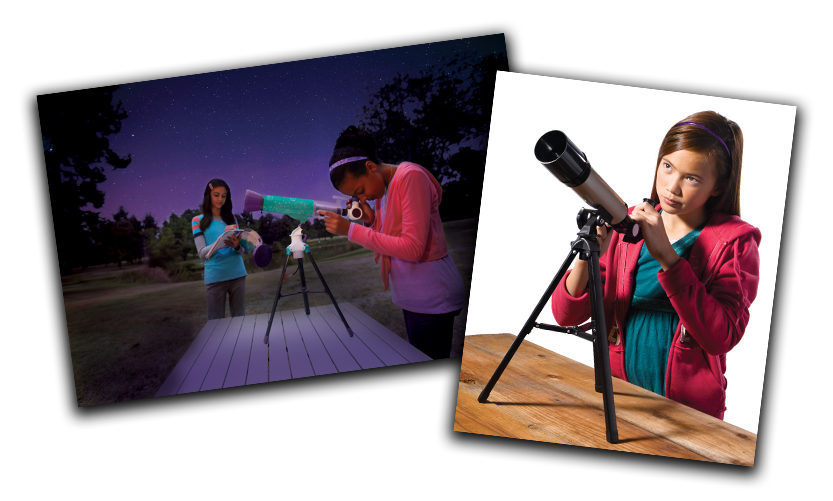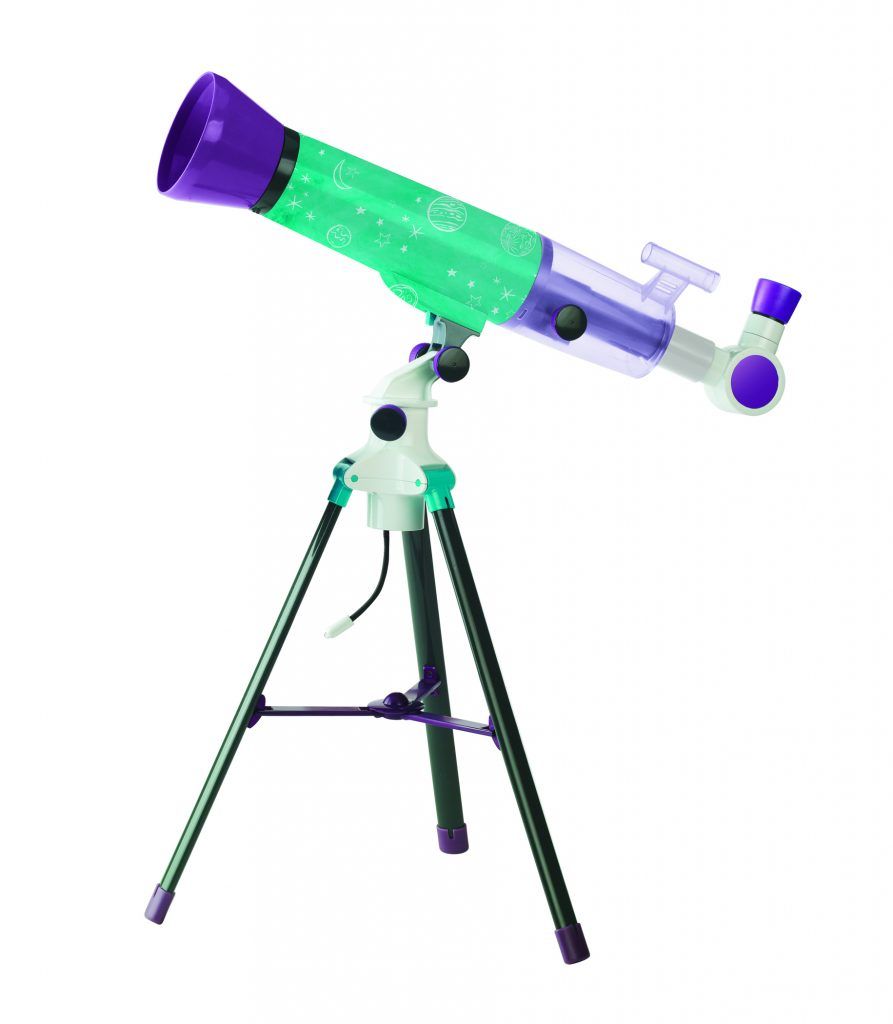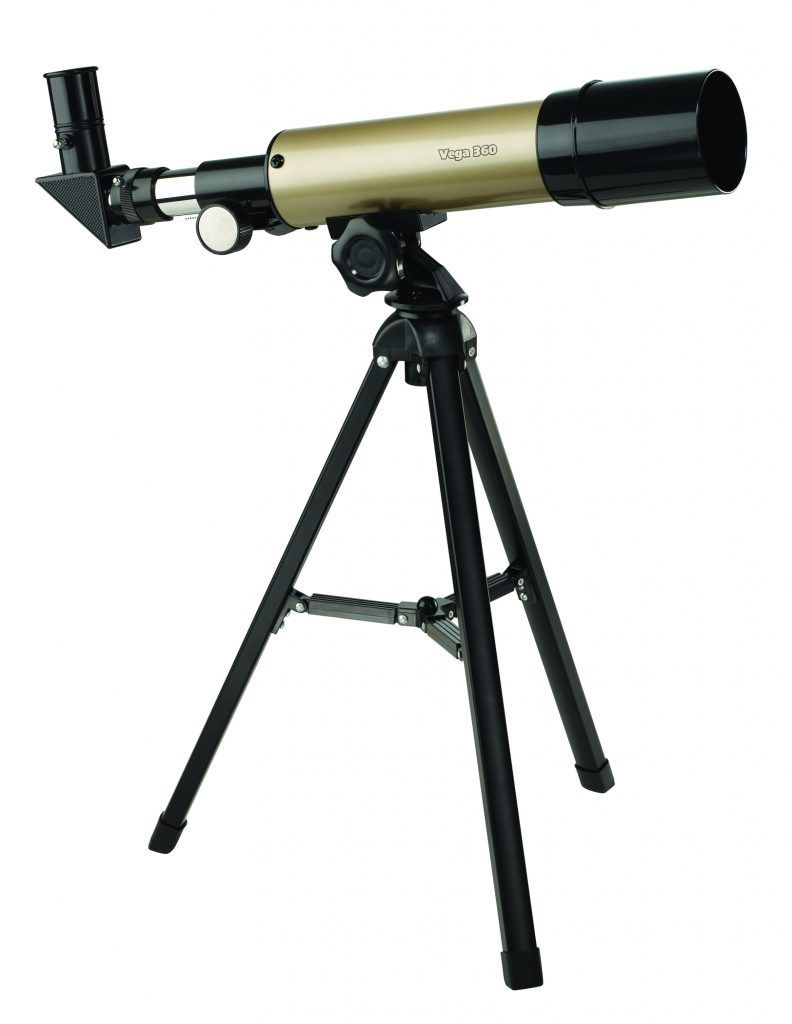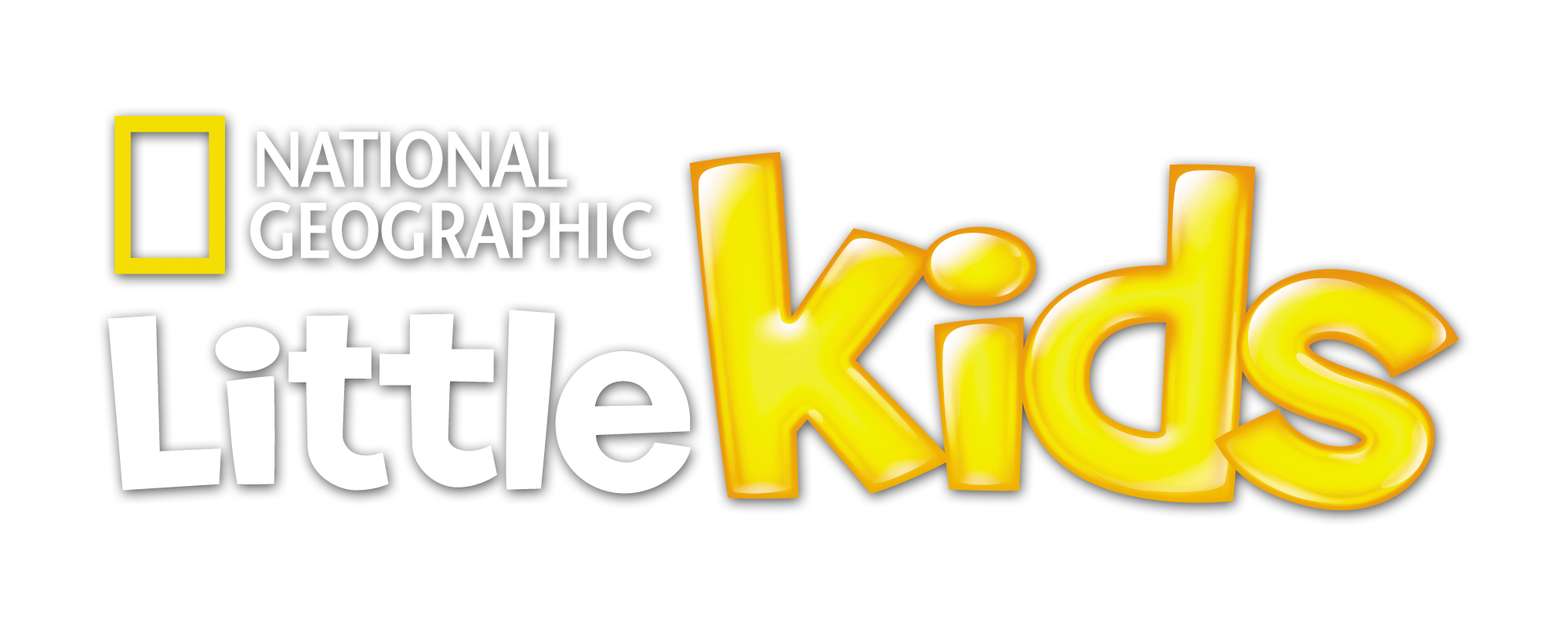Light and lenses: 10 facts
Check out these 10 top facts about light and lenses
ADVERTISING PROMOTION
Telescopes are pretty amazing, aren’t they? For hundreds of thousands of years, us humans have stared up at the stars in wonder. But it’s only since the invention of the telescope that we’ve finally been able to unlock the secrets of the night sky.
Amazingly, though, the technology used to make telescopes work is surprisingly straightforward. Put simply, they use pieces curved glass called lenses to magnify light. Here are 10 facts know about light and lenses to light up your day!

10 Facts about light and lenses
1. The light we see on Earth is a form of energy from the Sun. It travels through space and takes just over eight minutes to reach us. What could you do in eight minutes?
2. We call the light we can see visible light or white light. It’s actually made up of a number of colours: red, orange, yellow, green, blue, indigo and violet. You’ll see these colours in a rainbow in nature. We need special equipment to see infrared and ultra violet light because our eyes can’t normally see these types.
3. You don’t need to wait for rain to see a rainbow. You can see one if you shine a beam of light through an object called a prism. This is a clear object often made from glass or plastic, with straight polished sides. When you shine a straight beam of light through a prism, you can bend light and make it change direction. Scientists call this refraction. You’ll also be able to see the beam of light split into the colours of the rainbow. This is called the spectrum. Try it for yourself!
4. Refraction is how lenses in eye glasses, telescopes and binoculars work. In eye glasses, the lenses bend light enough to focus the image for the wearer to see clearly.
5. The telescope is one of humankind’s most important inventions. We’ve been using them since 1608 when a Dutch eyeglass maker, Hans Lippershey, is said to have invented them.
6. Telescopes and binoculars use lenses to help us see things that are far away by making them seem closer. That’s why binoculars let you see animals that are far off in the distance, and telescopes let you see the moon and stars.
7. Microscopes let scientists to see really small objects like tiny insects up close and in detail thanks to light and powerful magnifying lenses. How do you think a spider would look magnified 600 times?
8. Just like mixing paint to create a new colour, you can mix light and create new colours, too. But while you know that primary colours of paint are red, yellow and blue, did you know that the primary colours of light are red, green and blue?
9. A red ladybird looks red because its body reflects red light while absorbing green and blue light. Special cells in our eyes see this light and tell our brains to understand it as red.
10. Animals don’t always see colours the we do. Some insects like bees can see ultra violet colours which we can’t. You may have heard that dogs can only see black and white. It turns out they can see colour, just not as much as humans can.
Terrific telescopes
Check out the range of incredible telescopes from Learning Resources. They are the perfect instruments for exploring the cosmos from the comfort of your own garden.

Take a tour of the nighttime sky with Nancy B’s Science Club® MoonScope. This cool bit of kit comes with its own tripod and two eye pieces offering 18x to 90x magnification. The Moon filter finder scope comes with built in red LED that enables night viewing, too. Plus, there’s the Sky Gazer’s Activity Journal, which is packed full of awesome exploration activities.

The durable, lightweight GeoSafari® Vega 360 Telescope allows you to explore the natural wonders of the Earth, Moon and beyond. It delivers clear, up‐close images at magnifications of 20x to 80x. The tabletop tripod makes exploring on‐the‐go easy. It includes two interchangeable eyepieces and an image erector for viewing earth-based subjects, too.
Competition
Fancy getting your hands on one of these spectacular telescopes? We’re giving away one Nancy B’s Science Club MoonScope and Sky Gazer’s Activity Journal and one GeoSafari Vega 360 Telescope. Click here to find out how to enter.

More Like General Science

Human digestive system

7 steps to surviving an apocalypse (according to science!)

Female wildlife rangers!











LEAVE A COMMENT
THANK YOU
Your comment will be checked and approved shortly.
WELL DONE,
YOUR COMMENT
HAS BEEN ADDED!
COMMENTS1
CUSTOMIZE YOUR AVATAR